
It would have been hard to imagine, back in the mid-eighties, that a Dayglo explosion of music television that would forever change the way that people got their daily dose of hit music would be reduced, some three-and-a-half decades later, to the fingering of musty pages in salvaged vintage magazines; but that’s where we find ourselves as I prise open the doors to the music memorabilia section of the Pop Culture Schlock archive for the third of my monthly columns for RPM.
“Ladies and Gentlemen, rock and roll,” was how MTV introduced itself to the world, or parts of it at least, when it launched in the US at the start of August 1981. The first video played was, quite appropriately, ‘Video Killed The Radio Star’ by The Buggles. Originally using Adult Orientated Rock radio as a template, this newfangled Church of the Cathode Ray, whose altar all with eyes and eyes would come to worship at, would, in three short years, transform into something more in keeping with a standard Top 40 radio station. This fusing of rock and pop, blurring the lines between the biggest chart hits and the heavier duty hard rock anthems, buoyed by Quiet Riot becoming the first heavy metal band to score a Number One album on the Billboard chart with 1983’s ‘Metal Health’, paved the way for a new publication, the existence of which is the very reason that I sit here on a sunny August morn with typing finger set to stun.
 Starlog Press (later Starlog Group), publishers of classic magazines such as Fangoria, Future Life, and, of course, seminal science fiction magazine Starlog itself, saw a mullet-sized gap in the magazine market and launched Rock Video magazine in 1984 to cash in on the MTV boom. The first I ever heard of this new title was via a full-page advert in the blood-drenched pages of Fango – the David Lee Roth and Cyndi Lauper covers of issues 3 and 4 respectively offering a taste of this hip new mag, alongside an offer for a suitably tasteful T-shirt design. Typically, this American tome was harder to find in the UK than a Dodo beak necklace so it was some time until I finally managed to acquire some choice examples for my collection.
Starlog Press (later Starlog Group), publishers of classic magazines such as Fangoria, Future Life, and, of course, seminal science fiction magazine Starlog itself, saw a mullet-sized gap in the magazine market and launched Rock Video magazine in 1984 to cash in on the MTV boom. The first I ever heard of this new title was via a full-page advert in the blood-drenched pages of Fango – the David Lee Roth and Cyndi Lauper covers of issues 3 and 4 respectively offering a taste of this hip new mag, alongside an offer for a suitably tasteful T-shirt design. Typically, this American tome was harder to find in the UK than a Dodo beak necklace so it was some time until I finally managed to acquire some choice examples for my collection.
Issue 1 of Rock Video featured Duran Duran’s John Taylor as its cover star, was indicia-dated April 1984, and immediately pinned its rock and pop cross pollination flag to the mast. But this was nothing like the teeny bop magazines of the Seventies where hard rockers like KISS rubbed glossy paper shoulders with the likes of David Cassidy and Andy Gibb: Rock Video presented serious articles on the making of music videos, on long-form home video releases, and on the hardware responsible for the production of these ever-more-flamboyant video clips. Sure, the magazine included pull-out posters that covered both bases – The Police and Def Leppard; Thompson Twins and Scorpions; Duran Duran and Ozzy Osbourne – but even these pin-ups destined for the bedroom walls of teenage sanctuaries were backed with television set-shaped images from the band in question’s music video back catalogue. The Judas Priest example I have from Issue 7 is pure molten metal machismo backed with 4:3 analogue awesomeness.
Rock Video’s news pages – the “Video Lowdown” – featured production notes on upcoming music videos, details of new video-related soft- and hardware, teasers of future celebrity guest MTV veejays, and a healthy spattering of news on forthcoming tours and releases from artists both new and old. A more “grown-up” music magazine this certainly was: Lisa Robinson’s exclusive interview with Quiet Riot frontman, Kevin DuBrow, opened with a no-holds-barred question on the rumours that his onstage bottle of Jack was, in fact, filled with herb tea; agony uncle Doc Rock gave intelligent, well-informed answers to reader questions -“where did the term ‘Heavy Metal’ originate?” – on all manner of music-related subjects; and the video reviews pulled few punches – Sparks’ ‘With All My Might’, excellent; Billy Squier’s ‘Rock Me Tonight’, poor; Georgio Moroder’s ‘Reach Out’, awful.
 Just flicking through the aforementioned Issue 7 that I have before me – Nick Rhodes cover, Judas Priest and The Go-Gos posters – offers a fine selection of page-turning articles. ‘Satanism and Rock Videos’ asked if Pseudo-Satanic Heavy Metal bands were responsible for the corruption of impressionable youths. The murder of Gary Lauwers earlier in 1984 by his friend, Ricky Kasso (the “Say You Love Satan” killer who became the bleak inspiration for songs by artists as diverse as Big Audio Dynamite, Faster Pussycat, and Wheatus), was the catalyst for the article – Kasso was wearing an AC/DC shirt when arrested and was a fan of Black Sabbath, Judas Priest, and Ozzy – but it also questioned the “Satanic” intentions of Mötley Crüe, the Beatles, Led Zeppelin, Prince, and the “one true Satanist in rock,” Mick Jagger. The feature merely scratched at the surface of the controversial subject, but reading it instead of the usual record label-endorsed hyperbole is refreshing even now. Add to that a two-page spread on the making of Wendy O. Williams’ ‘It’s My Life’ video – “[people] are getting tired of being served pablum, they want some music with the teeth still left in it.” – and Phil Collins’ problems with the ‘Against All Odds’ video (shame) and you are in possession of potential game-changer of a music magazine.
Just flicking through the aforementioned Issue 7 that I have before me – Nick Rhodes cover, Judas Priest and The Go-Gos posters – offers a fine selection of page-turning articles. ‘Satanism and Rock Videos’ asked if Pseudo-Satanic Heavy Metal bands were responsible for the corruption of impressionable youths. The murder of Gary Lauwers earlier in 1984 by his friend, Ricky Kasso (the “Say You Love Satan” killer who became the bleak inspiration for songs by artists as diverse as Big Audio Dynamite, Faster Pussycat, and Wheatus), was the catalyst for the article – Kasso was wearing an AC/DC shirt when arrested and was a fan of Black Sabbath, Judas Priest, and Ozzy – but it also questioned the “Satanic” intentions of Mötley Crüe, the Beatles, Led Zeppelin, Prince, and the “one true Satanist in rock,” Mick Jagger. The feature merely scratched at the surface of the controversial subject, but reading it instead of the usual record label-endorsed hyperbole is refreshing even now. Add to that a two-page spread on the making of Wendy O. Williams’ ‘It’s My Life’ video – “[people] are getting tired of being served pablum, they want some music with the teeth still left in it.” – and Phil Collins’ problems with the ‘Against All Odds’ video (shame) and you are in possession of potential game-changer of a music magazine.
Change is feared, though, right? After a brief dalliance with the Rock Video Idols name, the monthly magazine, in the Fall of 1985, rebooted itself as Hard Rock Video. “Yes!” I hear you cry as you raise a horned salute, Ronnie James Dio-style, to the Artex in celebration. It’s not hard to understand why: hard rock and heavy metal was HOT! This outsider art, the product and lifeblood of the wild, the weird, the warriors, was now the popular music of choice. Whether you complimented your teased hair with as little as a shark tooth earring or as large as a sawblade codpiece, you were a member of the high class clientele that frequented heavy metal parking lots and the top of the hit parade. Power ballads were the new hymns, the new Gods mixed animal print with leather. Not everyone got on board the crazy train, however…
 As I flick through Issue 17 of Hard Rock Video magazine (Rob Halford/Angus Young cover), dated November 1985, it is clear in no uncertain terms that heavy metal/hard rock was the enfant terrible of the mid-eighties. “Ban Metal!” was a four-page article obviously inspired by the infamous PMRC witch hunt of the decade. W.A.S.P., Twisted Sister, Ozzy, Iron Maiden, Judas Priest were all namechecked as expected, but, wait… Prince? Sheena Easton? Yes, while Hard Rock Video amped up the denim ‘n’ leather, the magazine still mixed the pop with the rock, albeit in a manner that simply pushed the latter to the forefront, as opposed to the opposite effect that the mag in its former guise executed. So, the Rick Springfield/Nikki Sixx cover of Issue 16 also featured cover stories on Wham, Marilyn, and Ultravox; Issue 17 backed AC/DC with Talking Heads on a poster, and followed a lengthy Rob Halford interview with a two-page introduction to Go West. The pop might have been mopped up in regular features like ‘The Flip Side’ – Thompson Twins, Madonna, Bryan Ferry, The Power Station, Sandra Bernhard, and Boy George making up the contents of Issue 17’s article – but it was still there, and still written about passionately.
As I flick through Issue 17 of Hard Rock Video magazine (Rob Halford/Angus Young cover), dated November 1985, it is clear in no uncertain terms that heavy metal/hard rock was the enfant terrible of the mid-eighties. “Ban Metal!” was a four-page article obviously inspired by the infamous PMRC witch hunt of the decade. W.A.S.P., Twisted Sister, Ozzy, Iron Maiden, Judas Priest were all namechecked as expected, but, wait… Prince? Sheena Easton? Yes, while Hard Rock Video amped up the denim ‘n’ leather, the magazine still mixed the pop with the rock, albeit in a manner that simply pushed the latter to the forefront, as opposed to the opposite effect that the mag in its former guise executed. So, the Rick Springfield/Nikki Sixx cover of Issue 16 also featured cover stories on Wham, Marilyn, and Ultravox; Issue 17 backed AC/DC with Talking Heads on a poster, and followed a lengthy Rob Halford interview with a two-page introduction to Go West. The pop might have been mopped up in regular features like ‘The Flip Side’ – Thompson Twins, Madonna, Bryan Ferry, The Power Station, Sandra Bernhard, and Boy George making up the contents of Issue 17’s article – but it was still there, and still written about passionately.
A major Hard Rock Video shift was the content provided in the “Video Lowdown” news section. The pop/rock blurring of the lines was still prevalent – King Kobra alongside Sting, Madonna alongside Y&T – but the information was more of upcoming releases/tours than the video clip news of the not-so-distant past. A full colour feature on headbanging horror movies ran alongside a photo gallery of Boy George’s New York birthday party proving that the eclectic nature of the publication wasn’t washed away with the former name(s). Doc Rock was still prescribing excellent advice, and the video reviews were still telling it like it is/was – King’s ‘Love and Pride’, very good; Heart’s ‘What About Love’, fair; Night Ranger’s ‘Sentimental Street’, awful. A noticeable shift was the coverage of more hardcore/punk bands: a three-page Black Flag article featured in Issue 17, as did an introduction to Kraut (!), the hardcore band that got Pistol Steve Jones to play on their debut and whose guitarist, Doug Holland, would later play with the Cro-Mags.
 The intelligent probing of musicians in interviews continued in Hard Rock Video, with a Scorpions interview subtitled “No Feminists in Germany!” having the German legends quizzed on their dubious album covers. The ‘Virgin Killer’ cover detailed the mental virginity of 11 or 12 year olds, apparently. A great four-page interview with Robbin Crosby from Ratt asked the question, “Why do you think MTV cut back on heavy metal?” and that, subtly, summed up the problems that the magazine had going forward. “They’re changing their format and they’re trying to please somebody,” Crosby replied, and that pretty much predicted the future of Hard Rock Magazine.
The intelligent probing of musicians in interviews continued in Hard Rock Video, with a Scorpions interview subtitled “No Feminists in Germany!” having the German legends quizzed on their dubious album covers. The ‘Virgin Killer’ cover detailed the mental virginity of 11 or 12 year olds, apparently. A great four-page interview with Robbin Crosby from Ratt asked the question, “Why do you think MTV cut back on heavy metal?” and that, subtly, summed up the problems that the magazine had going forward. “They’re changing their format and they’re trying to please somebody,” Crosby replied, and that pretty much predicted the future of Hard Rock Magazine.
Music video became the norm. Pop metal became the pop music. Rock magazines became as common as the teeny bop magazines. A change of publisher came with another change of name; Rock Fever Superstars fashioning itself more on the original Rock Video model – Poison alongside Madonna on the cover; Duran Duran alongside Mötley Crüe; Beastie Boys alongside Bowie. It didn’t last, though, and soon the magazine went the way of music videos on MTV, deader than disco, robbed from its grave occasionally by heavy metal hoarders…
That a major publication was produced to detail things that lasted just over three minutes and were readily available in another, easier to access format may seem remarkable in an age when MTV exists on a diet of scripted “reality” shite, but exist it did… and the magazine world was a better place for it. In 2011 MTV launched a new channel named “MTV Music” – this basically means Music Television Music. I don’t think that the clowns who thought/think that was/is a good idea could even read a magazine…
I’ll be back next month with more Pop Culture Schlock: I might even dip a cowboy-booted toe into the murky waters of the notorious Rock ‘n’ Roll Comics…
Find Pop Culture Schlock 365 on Twitter, Instagram, and Facebook
 It’s been over a decade since I first discovered that even when Mommy Sez No you can still get your musical kicks from a trashy, crypt-cool beat combo souring airwaves with its self-soiled brand of “Spook ‘n’ Roll.”
It’s been over a decade since I first discovered that even when Mommy Sez No you can still get your musical kicks from a trashy, crypt-cool beat combo souring airwaves with its self-soiled brand of “Spook ‘n’ Roll.”


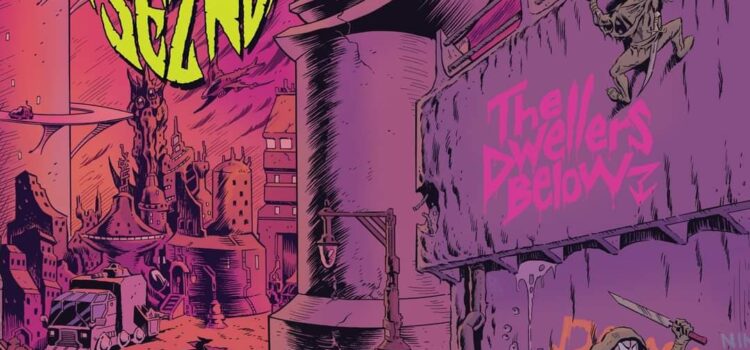


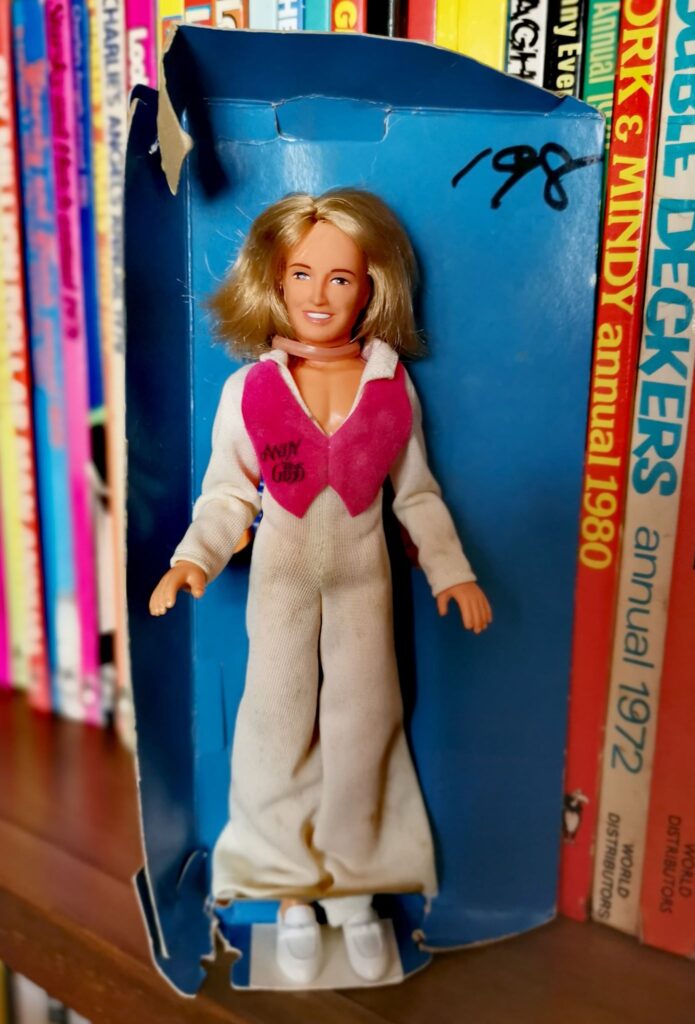
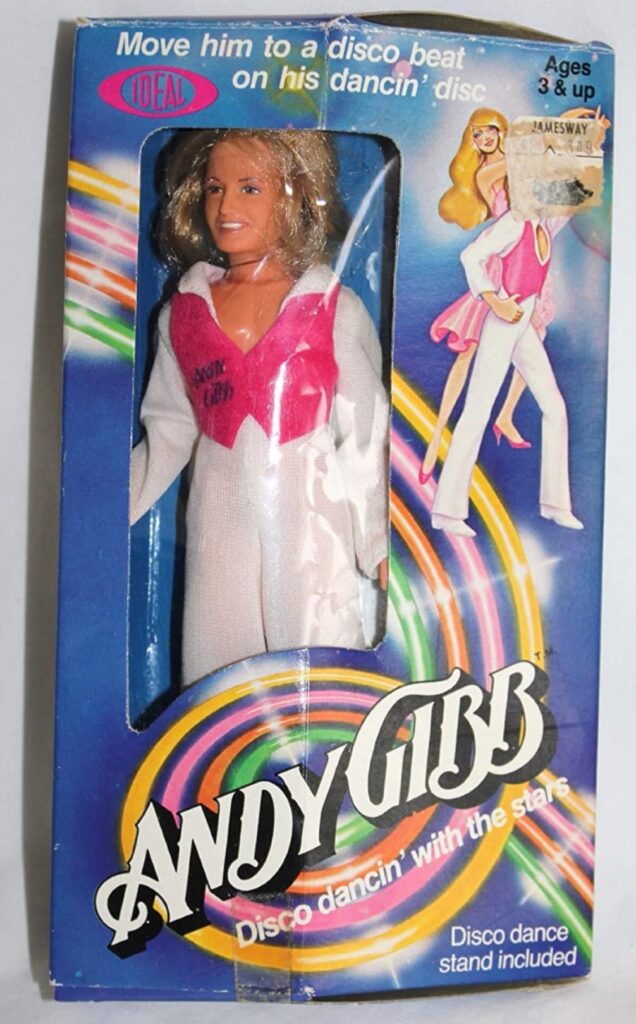
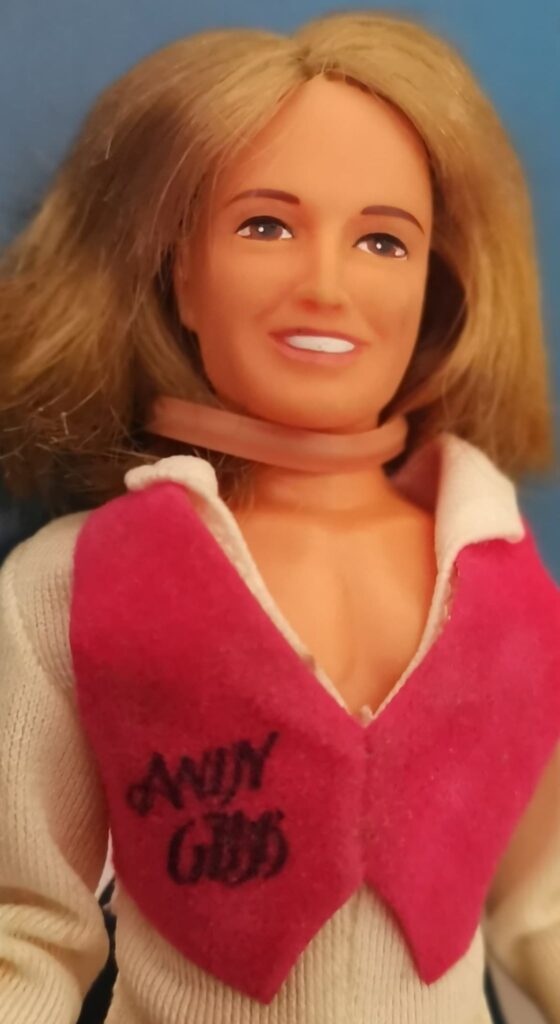
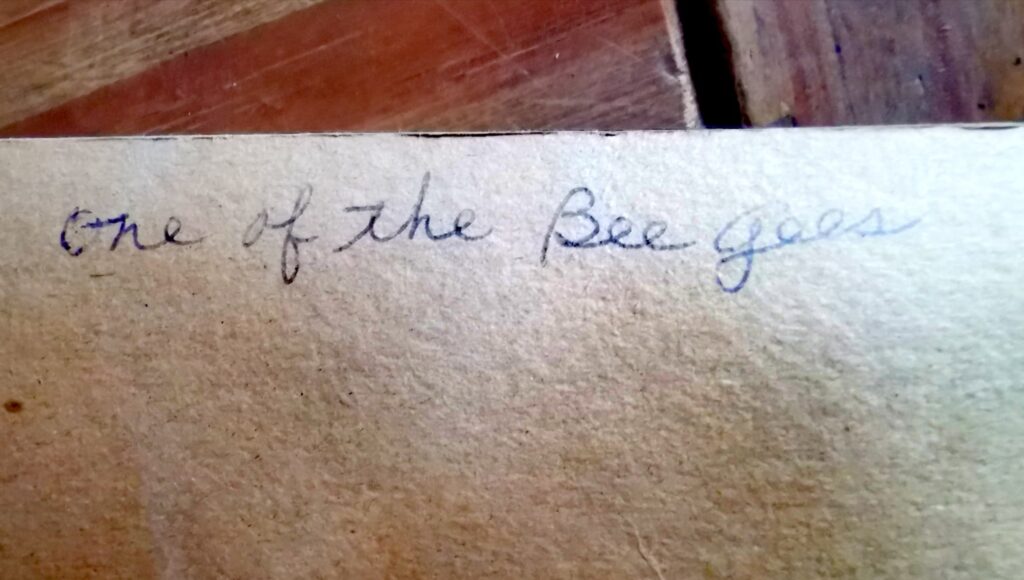











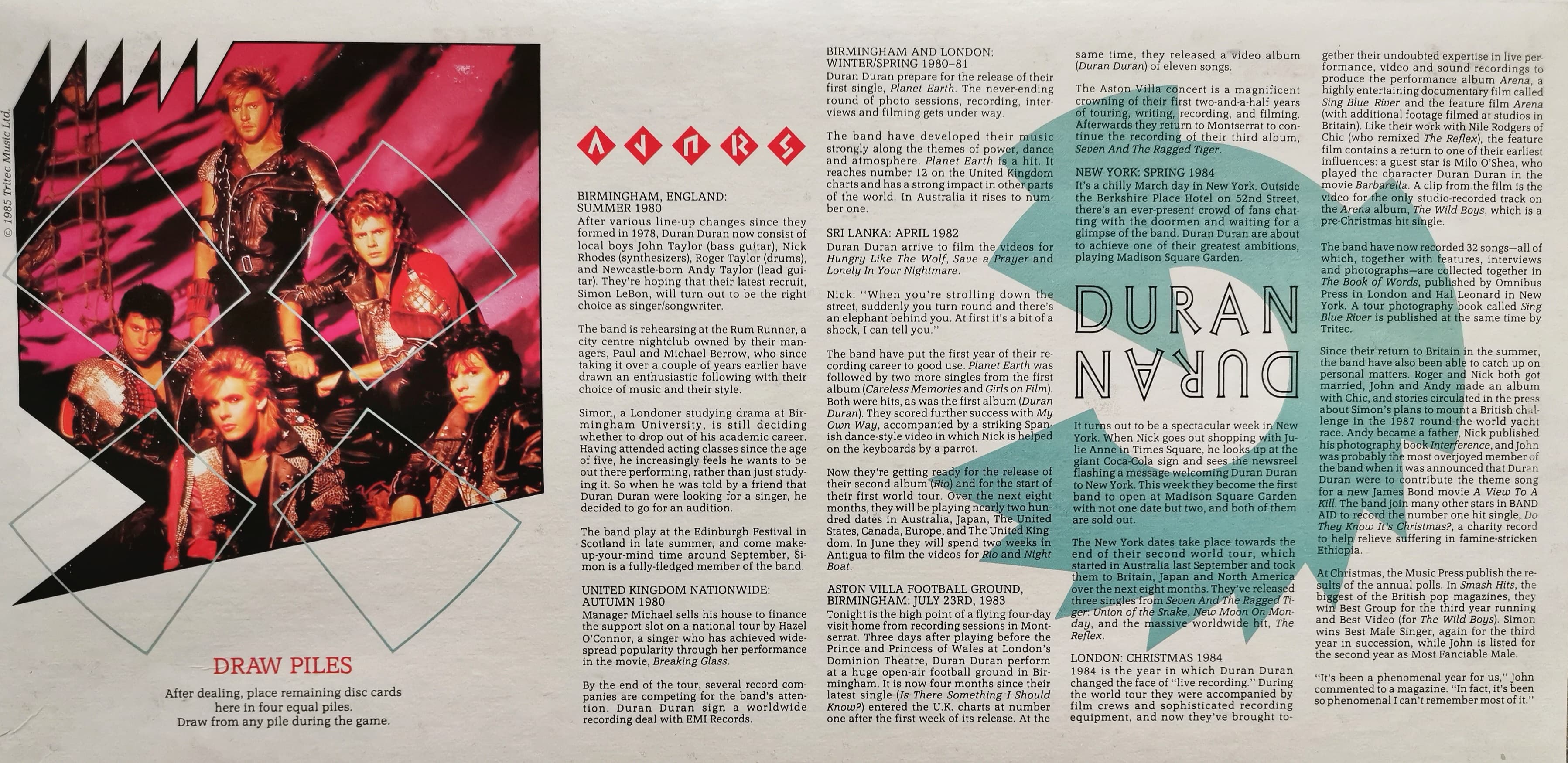





























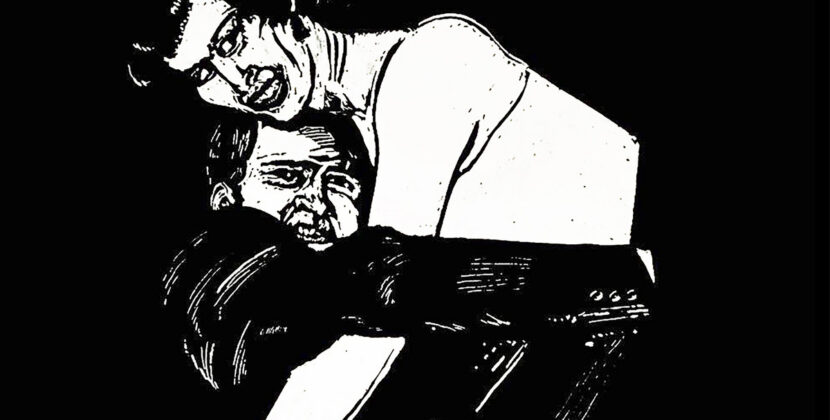
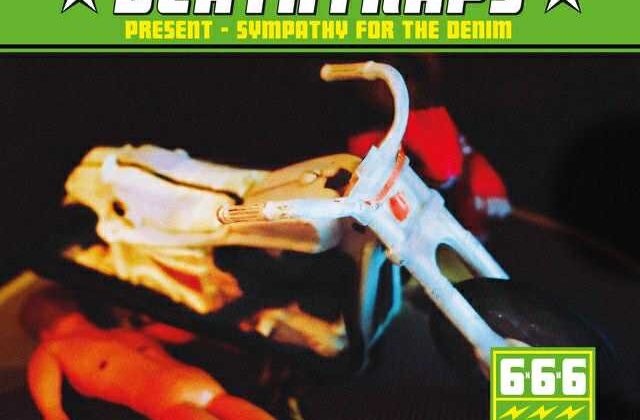
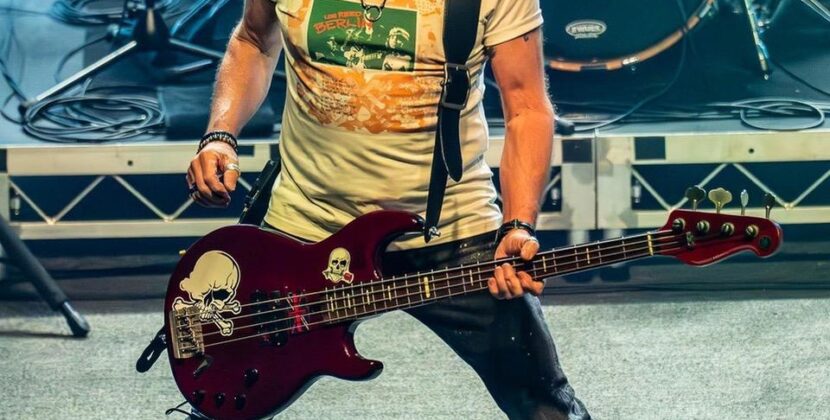
Recent Comments